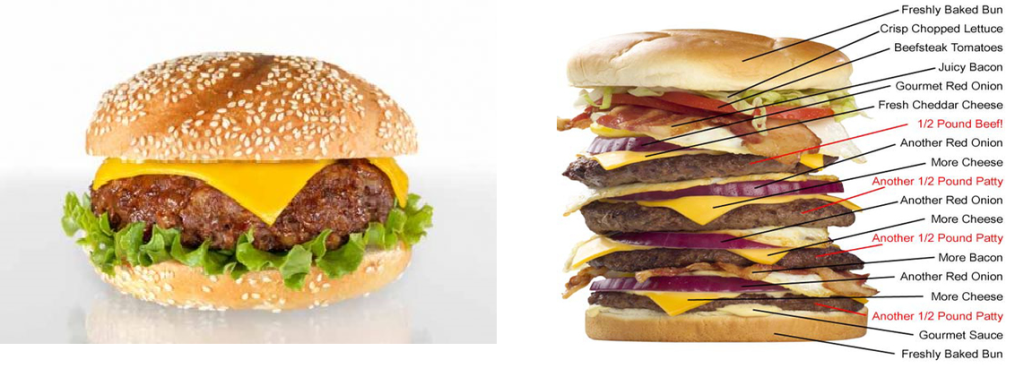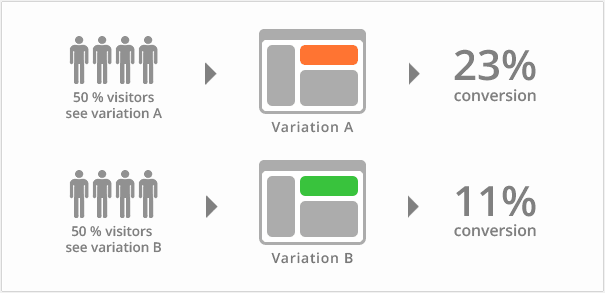Global trucking revenue pool is close to USD 2 trillion dollars which is about 20X the cab market revenue pool. Even in the developed market such as US, it is a highly fragmented and antiquated business which lacks use of technology and data.
If you are an aspiring leader in technology and data, this is the place to be for the next 5-10 years for the following 3 reasons:
- It is a large and highest growth market to create impact, second only to goods commerce. More the internet commerce happens, higher the need of logistics and trucking to move goods. The next Amazon and Alibaba will come from Supply Chain technology and data disruption.
- The technology and data play is only starting to begin. Data availability is exponentially increasing through GPS, smartphones and IOT sensors.
- The problems are far more challenging and futuristic. It requires interplay of automation using IOT/driver assist systems, advanced mathematics/algorithms, and high quality UI/UX to exponentially increase adoption. Many other sectors don’t offer such a wide range and depth of problems.
Rivigo is leading the wave of disruption in trucking through a combination of the following factors
- Unique operational ideas based on driver and network relay. First globally.
- An outstanding leadership team across business, operations and technology
- A strong and unflinching belief in the power of data
Rivigo has already attained a high quality business scale in India and aspires to build solutions which are applicable globally. In the truest sense, it has the potential to do what Amazon and Alibaba have done to commerce, Uber has done to cabs and several other disruptors have done to large global markets. The next 5-10 years is going to be exciting and enriching – some of the sample problems Rivigo tech and data teams work on:
Network relay model
The driver relay model needs sophisticated technology to ensure that millions of trucks can run smoothly every month with several millions pilot changeovers. The underpinning of this technology is a network model that can predict estimated time of arrival, simulation models to predict vehicle arrivals, wait time optimization and driver performance and behavior. This model brings everything together from the network and creates a coherent stream of output to make the pit stop changeover process seamless and scalable
Fuel analytics and optimization
Fuel is one of the biggest operating cost in logistics and fuel pilferage is a rampant problem for any trucking company having fleet of vehicles. However, reliable technology solutions are not available at present to prevent pilferages as the values fluctuate and the data has to be processed real time for even small reduction in fuel value. A fuel graph is a volatile time series graph, very similar to some of financial time series models and requires both predictive and heuristic problem solving approach. We are building patented fuel technology involving many complex algorithms and data science models to improve fuel efficiency.
Resource allocation and optimization
In trucking any idle capacity – truck or the driver is a fungible capacity. You cannot keep less or more of capacity at any point in the network. This is a massive problem and requires queuing theory, linear programming and advanced mathematical modeling to ensure the system is optimized and balanced
Human behavior analysis
Good driving is at the core of making logistics successful. This means that every minute of driving across the network has to be monitored and analysed. The big data from past and current has to be constantly evaluated to determine and predict the driver’s behaviour. This needs to be done in real time to know how a driver is driving to make immediate corrective actions. Is the driver in control of the vehicle? Is the driver driving carefully? Is the driver driving cautiously? These are just some of questions that needs to answered to convert a qualitative system via quantitative model.
Geo analytics
All the trucks at Rivigo are fitted with several different sensors and IoTs. These IoTs generate massive amount of data that needs to be processed, consumed and analysed. The analysis and data science on this data turns Rivigo trucks into smart trucks. The smart trucks run on a geo-grid and we are building very advanced location analytics engine for constant monitoring and simulating intelligent events. We are building an artificial intelligence layer based on machine learning and deep learning approach for simulation such as demand-supply matching, traffic maps (imagine Google Maps for logistics), hotspot and density analysis.
Time continuum and visualization
Rivigo is building a time continuum of its key resources that will allow to predict and create performant and efficient logistic system. A time continuum is analysis and visualization of all that is happening during the lifecycle of the resource and is a solution that gets built after applying algorithms, intelligence and predictive behaviour on a time-series on huge quantities of data. This needs scalable real time and batch processing over big data.
Line haul planning
Line haul planning optimizes the plan based on historical demand, volumes and service time commitments. The planning model determines the number of vehicles required on each route and network in an optimized way such that the shipments can be routes in the most efficient way. This planning can also be used for processing center capacity planning and building sales strategy to optimize the entire network. This problem is inherently an LP problem with multiple optimization and requires very sophisticated approximation and heuristics to solve it.
Tech platform
One of our over-arching goals is bring 2 million trucks in India online in the next 3-4 years. We are building a high quality tech and data platform to bring the entire trucking commerce (fuel, service, brokerage, resale, financing) online to ensure higher efficiency, lower costs and data led optimization for individual truckers. This is an immensely exciting project being led by world class engineers.
The future will be better if we waste less and use less and less resources for more and more output. Rivigo’s core operating philosophy is based on this approach – through use of data we want to further gain the marginal efficiency to make the world of logistics as automated, efficient and safer as possible.
Please do reach out at hemant@rivigo.com if you have common interests.







